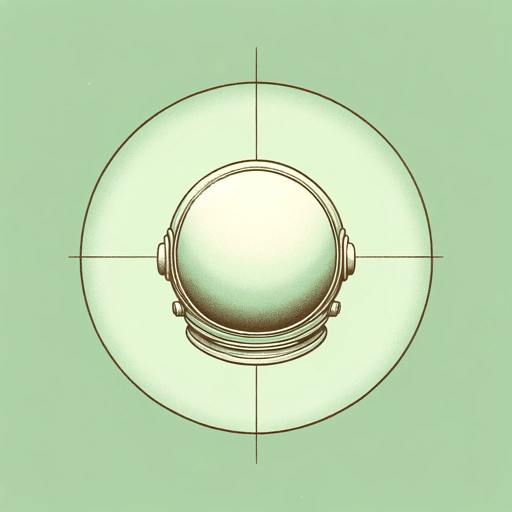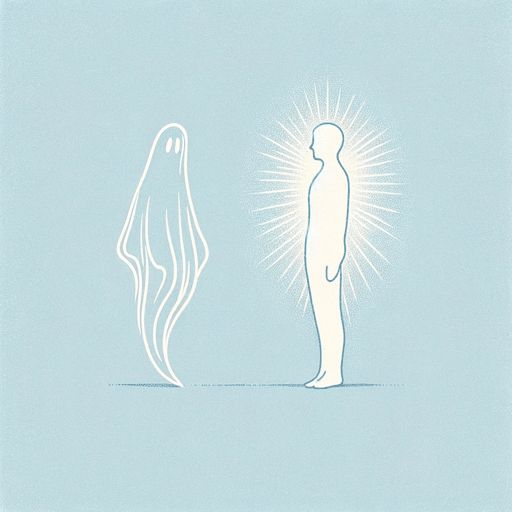29 pages • 58 minutes read
C. S. LewisThe Abolition of Man
Nonfiction | Book | Adult | Published in 1943A modern alternative to SparkNotes and CliffsNotes, SuperSummary offers high-quality Study Guides with detailed chapter summaries and analysis of major themes, characters, and more.
Summary and Study Guide
Overview
The Abolition of Man is a short book about education and moral values by C.S. Lewis. Its full title is The Abolition of Man; or, Reflections on Education with Special Reference to the Teaching of English in the Upper Forms of Schools. The book originated as a series of three lectures that Lewis, a noted literature scholar and popular Christian writer, delivered at the University of Durham in England in 1943.
Lewis begins by critiquing a recently published English composition textbook for elementary schools. Although the authors of the textbook claim to be teaching principles of good writing, Lewis argues that they are subtly advocating the philosophy of subjectivism—the view that value judgments have no objective truth and express only the personal feelings and emotions of the speaker. For example, the authors of the textbook object to applying the word “sublime” to a waterfall because this statement does not express any fact about the waterfall, only an emotional reaction to it.
For Lewis, the view of the textbook authors is dangerous because it denies the capacity of an individual to make moral and aesthetic judgments. In light of this assertion, Lewis argues for the necessity of objective values in education. Children are not born with an innate understanding of the moral impulses they should follow; this faculty must be nurtured in them by their parents and teachers. The training of the sentiments or emotions is important to the formation of a complete, well-rounded human being. Lewis contends that modern education emphasizes the head, or the rational part of man, at the expense of the heart or the emotional part, resulting in “men without chests” (1). The de-emphasis on sentiment in modern society also extends to the scientific world, where nature is treated as an object to be dissected and analyzed. If unchecked, this trend could lead to an elite group of technical experts seizing power to control and mold humanity through the educational system.
Lewis contrasts the modern value-free approach to education with a set of basic moral precepts that exists across world cultures, expressed by the Chinese philosophical term “the Tao.” For Lewis, the Tao is an inescapable part of reality; if society rejects it, society rejects both the rational and emotional parts of human nature, reducing human nature to the crude animal part. In order to avoid this disastrous “abolition of man,” the educational system must start making moral values central to education, and science must develop a humbler attitude, putting nature at the service of man rather than seeking to dominate them both.
The Abolition of Man is generally considered one of Lewis’s most important nonfiction works, and Lewis himself developed the dystopian aspects of the book further in his 1945 science fiction novel That Hideous Strength.
This guide will use the edition of The Abolition of Man published by Zondervan Publishing House, HarperCollins.
Related Titles
By C. S. Lewis

A Grief Observed
C. S. Lewis

Mere Christianity
C. S. Lewis

Out of the Silent Planet
C. S. Lewis

Perelandra
C. S. Lewis

Prince Caspian
C. S. Lewis

Surprised by Joy
C. S. Lewis

That Hideous Strength
C. S. Lewis

The Discarded Image
C. S. Lewis

The Four Loves
C. S. Lewis

The Great Divorce
C. S. Lewis

The Horse And His Boy
C. S. Lewis

The Last Battle
C. S. Lewis

The Lion, the Witch and the Wardrobe
C. S. Lewis

The Magician's Nephew
C. S. Lewis

The Problem of Pain
C. S. Lewis

The Screwtape Letters
C. S. Lewis

The Silver Chair
C. S. Lewis

The Voyage of the Dawn Treader
C. S. Lewis

Till We Have Faces
C. S. Lewis

